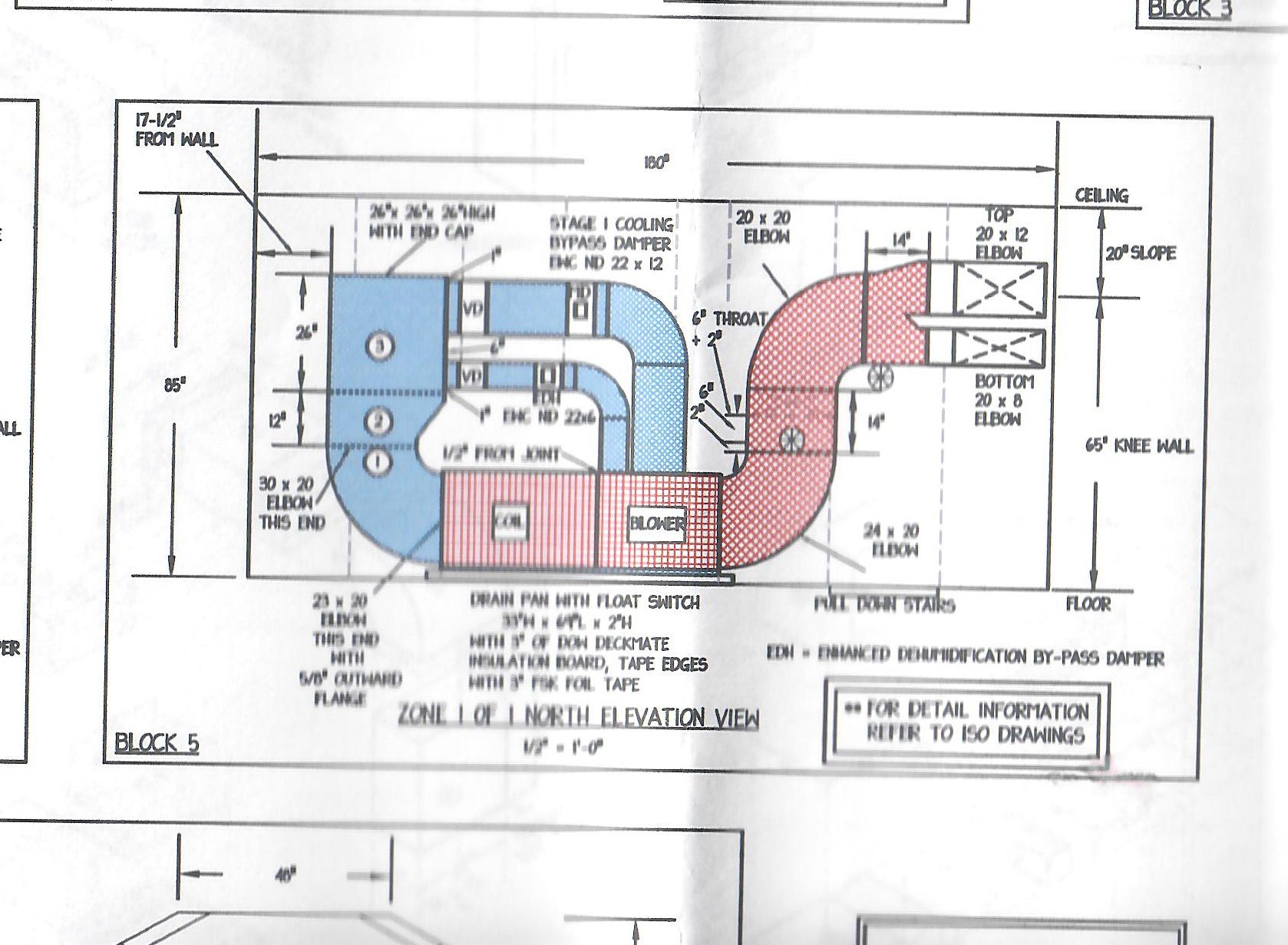Get Tech Tips
Subscribe to free tech tips.
TXV Power Element of Surprise

The TXV powerhead or power element is the part of the valve that sits on top of the valve to which the sensing bulb is attached. The powerhead provides the opening force for the valve by translating force from the bulb to a diaphragm in the element that forces the valve open.
The sensing bulb and power element contain a mixed liquid/vapor charge (under most conditions). When the bulb temperature increases, the pressure in the bulb also increases, which opens the valve (increases the orifice size, feeding more refrigerant into the evaporator). When the sensing bulb temperature decreases, the pressure in the bulb also decreases, which closes the valve (decreases the orifice size, feeding less refrigerant into the evaporator).
In some cases, the powerhead and bulb can lose the charge, usually due to a cracked bulb tube. That causes the bulb and element to lose all of the pressure; the expansion valve will fail closed, and the evaporator will starve. The result will be abnormally high suction superheat at the evaporator outlet accompanied by low suction pressure, high subcooling, and often freezing at the center to the outlet of the valve (on A/C applications).
A good practice is to confirm that you have proper subcooling all the way to the valve inlet first. That means checking liquid line temperature inside and out on a split system.
Next, remove the sensing bulb and warm it in your hand with panels on and the system running. With a properly functioning element, the suction pressure will increase, and the superheat will decrease. If you do not get this response, then either the power element has lost its charge, or the valve is severely blocked. (For more troubleshooting procedures and general information, check out this article.)
Keep in mind that some expansion valves are field adjustable. In those cases, ensure that the valve is adjusted full counterclockwise (open) before condemning the valve as failed closed.
Also, some valves have replaceable power elements. Check to see if you can replace the element instead of the entire valve to save time and expense for the customer when applicable.
—Bryan










Comments
Kenneth Pingleton – Danfoss states do not install TXV with the power head on the bottom. It will eventually oil log and fail.
Kenneth Pingleton – Danfoss states do not install TXV with the power head on the bottom. It will eventually oil log and fail.
vente de mГ©dicament en ligne: pharmacie en ligne – pharmacie en ligne france fiable pharmafst.com
vente de mГ©dicament en ligne: pharmacie en ligne – pharmacie en ligne france fiable pharmafst.com
achat kamagra Kamagra pharmacie en ligne or kamagra pas cher
https://clients1.google.gg/url?q=http://kamagraprix.com Kamagra Commander maintenant
[url=http://englmaier.de/url?q=https://kamagraprix.com]kamagra oral jelly[/url] achat kamagra and [url=http://www.superiptv.com.cn/home.php?mod=space&uid=114507]kamagra en ligne[/url] achat kamagra
achat kamagra Kamagra pharmacie en ligne or kamagra pas cher
https://clients1.google.gg/url?q=http://kamagraprix.com Kamagra Commander maintenant
[url=http://englmaier.de/url?q=https://kamagraprix.com]kamagra oral jelly[/url] achat kamagra and [url=http://www.superiptv.com.cn/home.php?mod=space&uid=114507]kamagra en ligne[/url] achat kamagra
Pharmacie en ligne Cialis sans ordonnance: cialis sans ordonnance – Acheter Cialis tadalmed.shop
Pharmacie en ligne Cialis sans ordonnance: cialis sans ordonnance – Acheter Cialis tadalmed.shop
pharmacie en ligne france livraison belgique: pharmacie en ligne avec ordonnance – trouver un mГ©dicament en pharmacie pharmafst.com
pharmacie en ligne france livraison belgique: pharmacie en ligne avec ordonnance – trouver un mГ©dicament en pharmacie pharmafst.com
kamagra gel: Kamagra Commander maintenant – kamagra en ligne
kamagra gel: Kamagra Commander maintenant – kamagra en ligne
https://pharmafst.com/# Achat mГ©dicament en ligne fiable
https://pharmafst.com/# Achat mГ©dicament en ligne fiable
achat kamagra acheter kamagra site fiable or kamagra en ligne
https://images.google.co.nz/url?sa=t&url=https://kamagraprix.shop kamagra gel
[url=https://clients1.google.com.tn/url?q=http://kamagraprix.shop]Achetez vos kamagra medicaments[/url] Achetez vos kamagra medicaments and [url=https://www.donchillin.com/space-uid-453908.html]acheter kamagra site fiable[/url] kamagra livraison 24h
achat kamagra acheter kamagra site fiable or kamagra en ligne
https://images.google.co.nz/url?sa=t&url=https://kamagraprix.shop kamagra gel
[url=https://clients1.google.com.tn/url?q=http://kamagraprix.shop]Achetez vos kamagra medicaments[/url] Achetez vos kamagra medicaments and [url=https://www.donchillin.com/space-uid-453908.html]acheter kamagra site fiable[/url] kamagra livraison 24h
cialis sans ordonnance Tadalafil 20 mg prix en pharmacie or Acheter Cialis 20 mg pas cher
https://www.karts.nl/link.php?url=https://tadalmed.com Acheter Viagra Cialis sans ordonnance
[url=http://home4dsi.com/chat/redirect.php?url=http://tadalmed.com/]Achat Cialis en ligne fiable[/url] Tadalafil sans ordonnance en ligne and [url=https://app.guiigo.com/home.php?mod=space&uid=28027]Cialis sans ordonnance pas cher[/url] Tadalafil sans ordonnance en ligne
cialis sans ordonnance Tadalafil 20 mg prix en pharmacie or Acheter Cialis 20 mg pas cher
https://www.karts.nl/link.php?url=https://tadalmed.com Acheter Viagra Cialis sans ordonnance
[url=http://home4dsi.com/chat/redirect.php?url=http://tadalmed.com/]Achat Cialis en ligne fiable[/url] Tadalafil sans ordonnance en ligne and [url=https://app.guiigo.com/home.php?mod=space&uid=28027]Cialis sans ordonnance pas cher[/url] Tadalafil sans ordonnance en ligne
olympe casino en ligne: olympe casino – olympe casino
olympe casino en ligne: olympe casino – olympe casino
To leave a comment, you need to log in.
Log In